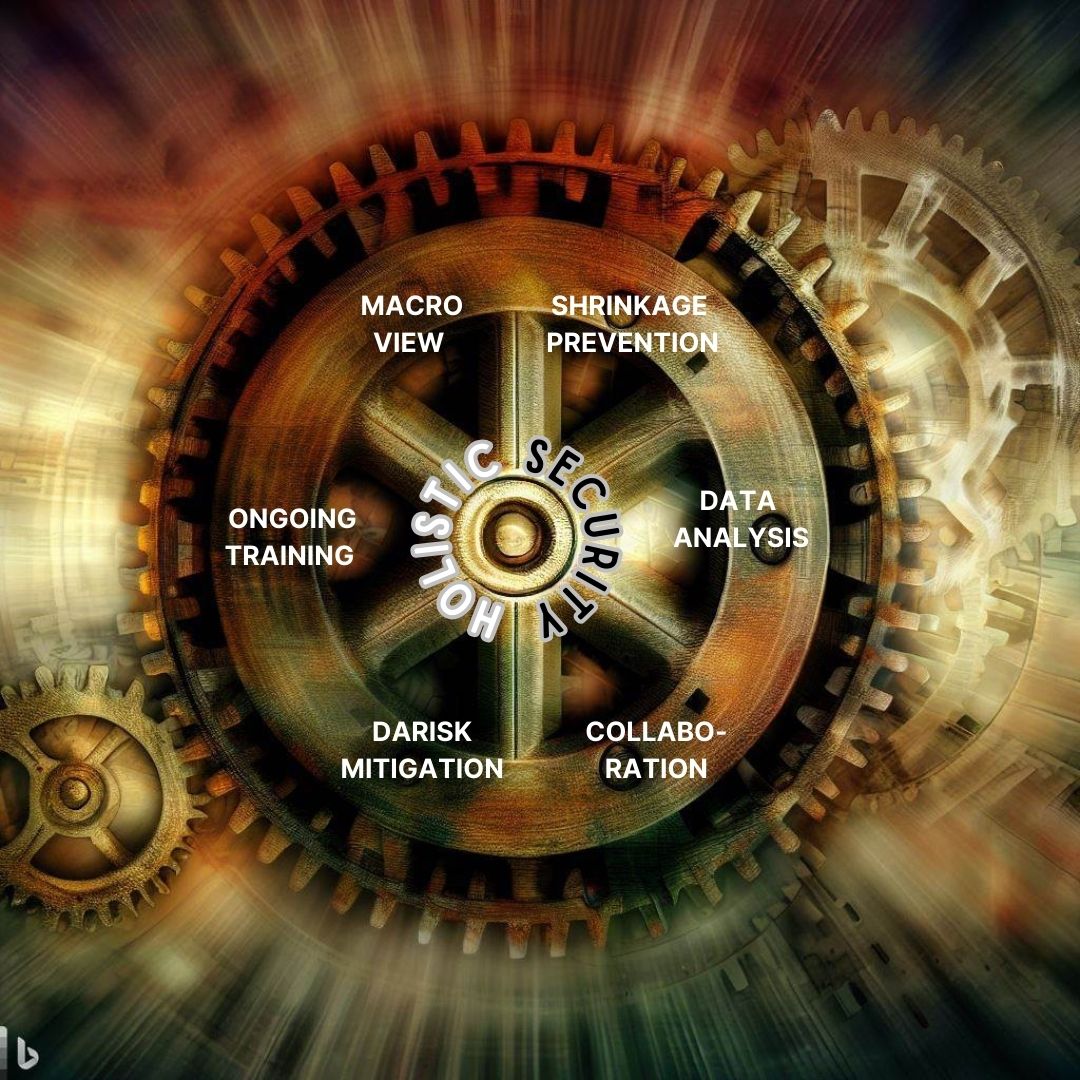
From Shrinkage to Data Analysis: Embracing a Holistic Approach to Security
In today’s ever-evolving security landscape, a one-dimensional approach is no longer sufficient. To effectively protect your organization, it’s essential to adopt a holistic approach to security. In this post, let’s talk a little about the significance of embracing a comprehensive security strategy that goes beyond traditional measures.
- Shrinkage Prevention:
Shrinkage, including theft, shoplifting, and inventory discrepancies, poses a significant challenge for businesses. A holistic security approach combines multiple solutions to tackle shrinkage head-on. Integrated surveillance systems, access control measures, and inventory management tools work in synergy to deter theft, identify suspicious behavior, and reduce the occurrence of shrinkage. By adopting a comprehensive security strategy, you enhance your ability to protect your assets and minimize losses.
- Data Analysis for Security Enhancement:
Data analysis has emerged as a powerful tool in the world of security. By leveraging the vast amounts of data generated by various security systems, you gain valuable insights into patterns, trends, and vulnerabilities. Analyzing this data allows you to identify areas that require additional security measures, optimize resource allocation, and implement proactive strategies. A holistic security approach embraces data analysis to strengthen security measures and stay one step ahead of potential risks.
- Collaboration and Integration:
A holistic approach to security emphasizes collaboration and integration among different security systems and stakeholders. Breaking down silos and fostering collaboration between departments such as security, IT, and operations results in a more unified and effective security infrastructure. Integrating various systems, such as access control, video surveillance, and analytics, creates a cohesive ecosystem that enhances situational awareness and enables proactive incident response.
- Risk Assessment and Mitigation:
Holistic security involves conducting thorough risk assessments to identify vulnerabilities and potential threats. By analyzing the physical environment, identifying weak points, and understanding potential risks, you can develop targeted mitigation strategies. This proactive approach allows you to implement measures that address specific security concerns, reducing the likelihood and impact of security incidents.
- Ongoing Training and Education:
A holistic security approach recognizes the importance of ongoing training and education for security personnel and employees. By investing in continuous learning, you empower your team with the knowledge and skills needed to respond effectively to security threats. This includes training on the use of security technologies, incident response protocols, and best practices for maintaining a secure environment.
It’s important to take a macro-view towards security in an organization. A lot of larger organizations have already implemented many solutions which are in sync with the above data. It is time of smaller companies to take cognizance of these points and look towards a more secure and commercially sustainable future.
